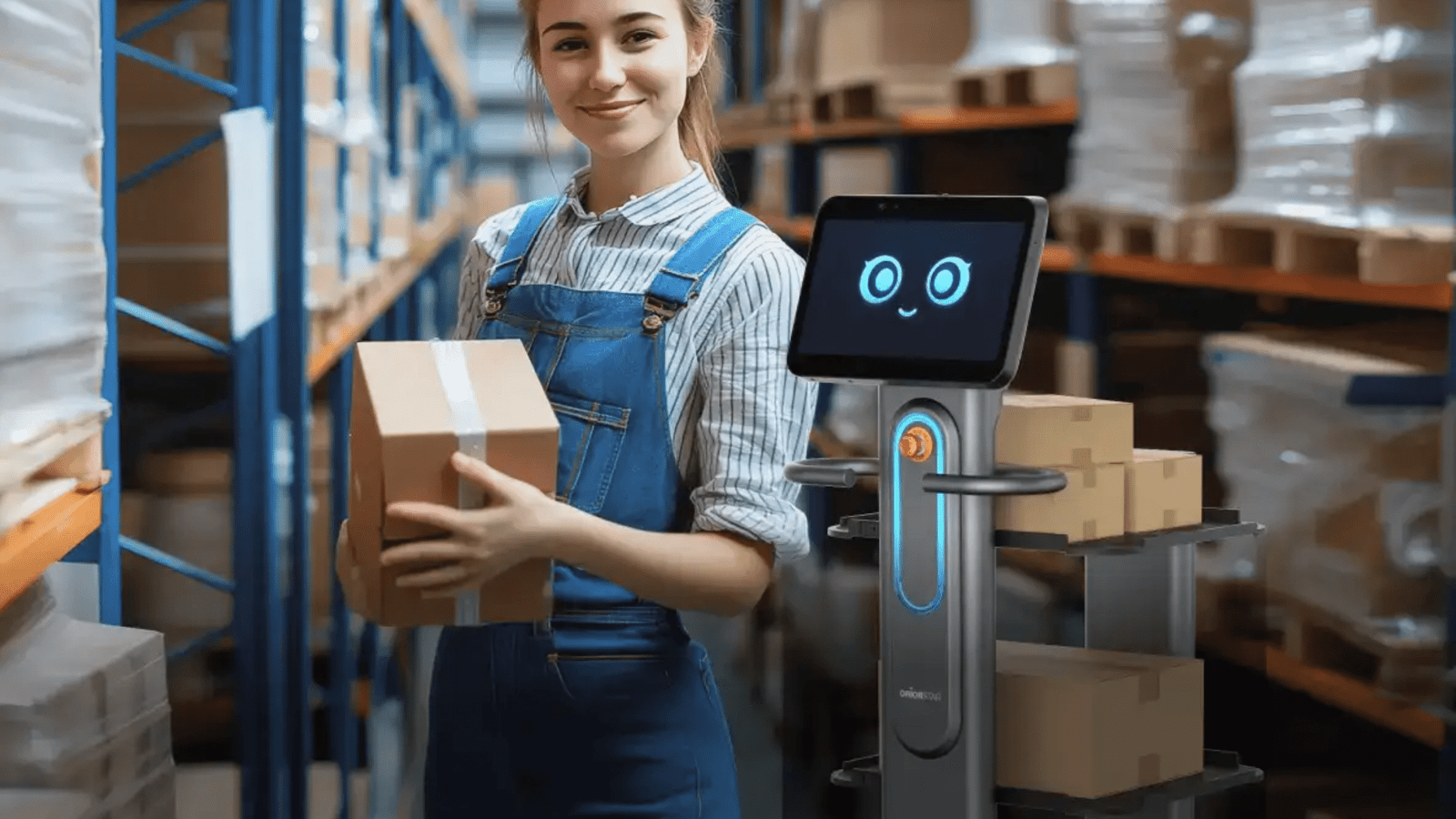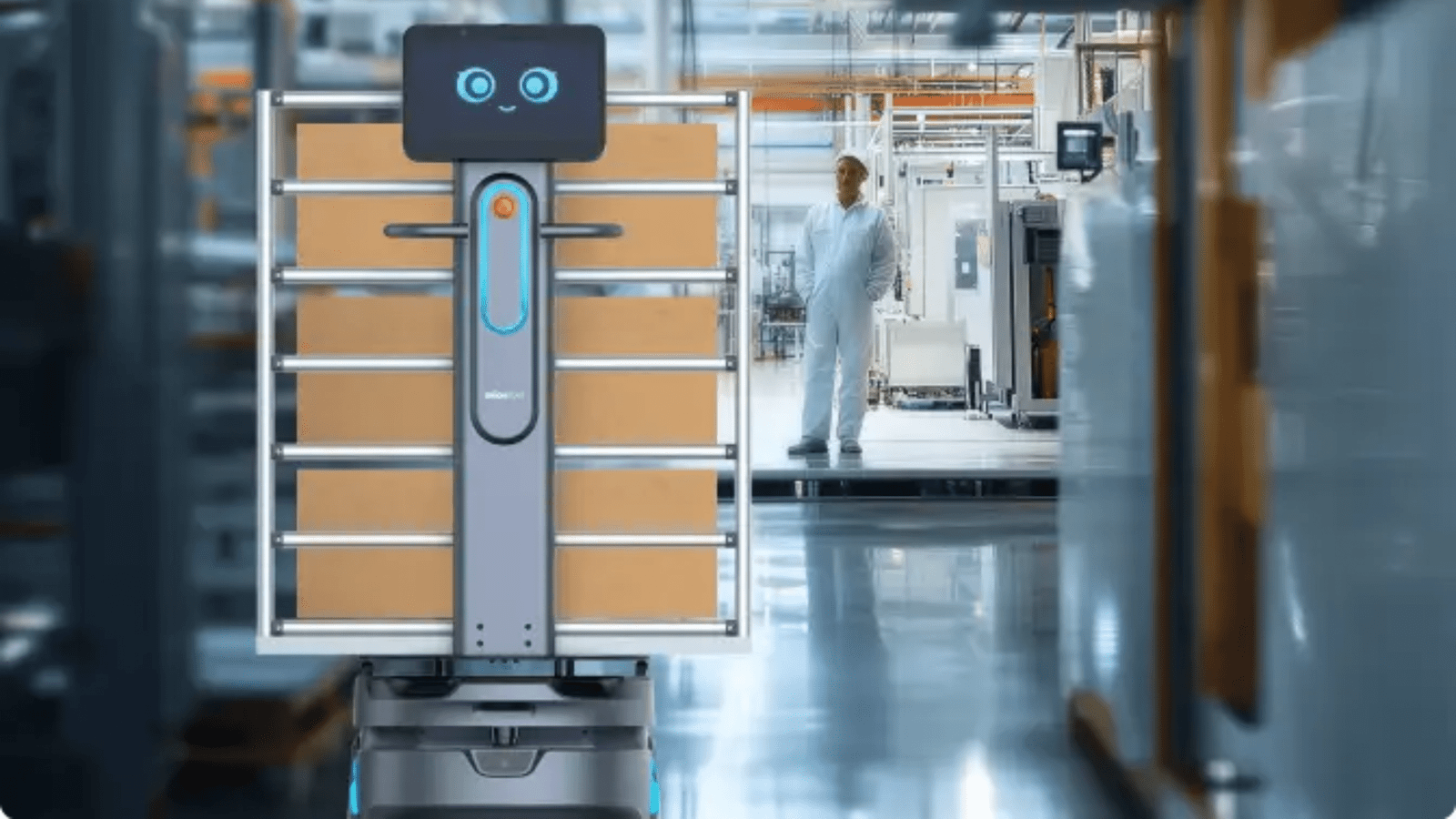1️⃣ Boosted Production Speed
- Robots can assemble, weld, paint, and pack products much faster than humans.
- They run 24/7 without breaks, ensuring factories meet high demand.
- Perfect for industries under pressure for mass production (automotive, electronics, consumer goods).
2️⃣ Higher Accuracy & Consistency
- Robots maintain precision in every task, reducing errors in assembly and finishing.
- Ensures consistent quality standards, which builds customer trust.
- Minimizes waste due to defective products.
3️⃣ Cost Efficiency
- Reduces labor costs for repetitive, low-skill tasks.
- Fewer errors mean lower rework and return rates.
- Long-term savings by increasing productivity per square foot.
4️⃣ Worker Safety & Ergonomics
- Robots handle dangerous, repetitive, or physically heavy tasks, protecting workers.
- Reduces workplace injuries, fatigue, and accidents.
- Allows humans to focus on supervision, innovation, and problem-solving.
5️⃣ Scalability & Flexibility
- Robots can be reprogrammed for different tasks (assembly lines, packaging, testing).
- Helps factories adapt to new product launches or design changes quickly.
- Ideal for industries with fluctuating demand.
6️⃣ Integration with AI & Smart Manufacturing
- Robots combined with AI, IoT, and sensors provide real-time monitoring.
- Factories get data-driven insights for predictive maintenance, inventory control, and energy efficiency.
- Forms the backbone of Industry 4.0 and smart factories.
7️⃣ Global Competitiveness
- Leading manufacturers worldwide use robots to stay ahead.
- Factories that adopt robots remain competitive in cost, speed, and quality.
- Strengthens their position in global supply chains.




